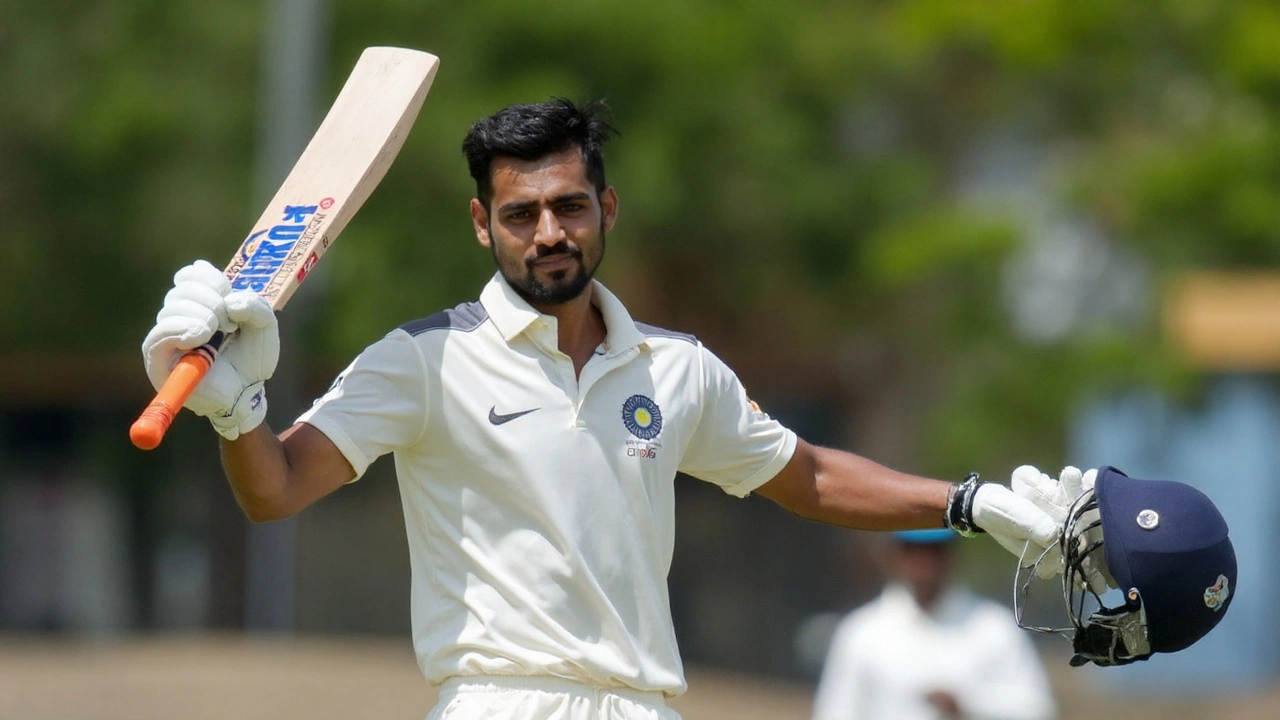Red Ball Cricket: What It Is and How to Play
If you’ve ever watched a test match on TV, you’ve seen red‑ball cricket in action. It’s the traditional form of the game, played over five days with a red leather ball. Unlike the flashy white ball used in limited‑overs games, the red ball swings longer and behaves differently as it wears down. That makes each session feel like a new puzzle for players and fans.
Key Rules of Red Ball Cricket
The basics are simple: two teams, eleven players each, and a match that can last up to five days. Each team bats twice unless the game finishes earlier. The red ball is used for both innings, and it gets a new ball every 80 overs. It also shines on one side, which helps bowlers with swing early on and reverse swing later.
There are a few rule nuances that set red‑ball cricket apart. For instance, there are no power‑plays or field‑restriction rules. Captains can set the field however they like after the first hour. Also, the over‑rate matters – teams must bowl 15 overs per hour, or they face penalties. These details keep the game strategic and disciplined.
Tips to Enjoy the Long Format
First, follow the storylines. A test match isn’t just about runs; it’s about momentum shifts, weather changes, and player fatigue. Keep an eye on the toss, the pitch condition, and which bowlers are getting the swing. Those factors often decide who will dominate the day.
Second, watch the session breaks. The tea and lunch intervals give you a chance to recap what happened, see the scorecard, and spot any turning points. Use that time to read a quick summary or chat with other fans – it makes the longer format feel more social.
Third, pay attention to the players’ body language. In red‑ball cricket, patience is a virtue. Bowlers will toil for weeks, hoping for a breakthrough. Batsmen might take a cautious approach early, then accelerate when they sense a loose shilling. Spotting those moments adds excitement to every over.
Finally, don’t get discouraged by low scores. A test match can be a defensive battle with every run hard‑earned. If the teams are evenly matched, the result may hinge on a single session’s performance. Treat each day as its own mini‑game and celebrate small victories, whether it’s a crucial wicket or a well‑timed boundary.
Red‑ball cricket may seem slower than T20, but its depth is what keeps true fans hooked. Understanding the rules, watching the subtle shifts, and appreciating the endurance required will make every five‑day saga feel rewarding. So grab a cup of tea, settle in, and let the red ball tell its story.

Ruturaj Gaikwad 184 lifts West Zone on comeback, says 'long road ahead'
Back from an elbow fracture, Ruturaj Gaikwad smashed 184 off 206 balls to haul West Zone from 10/2 to 363/6 on day one of the Duleep Trophy semi-final. He built key stands, including 148 with Tanush Kotian, and spoke of a “long road ahead” while keeping Test talk at arm’s length. The knock was a calm, clinical response to pressure and a clear marker for red-ball ambitions.
View More